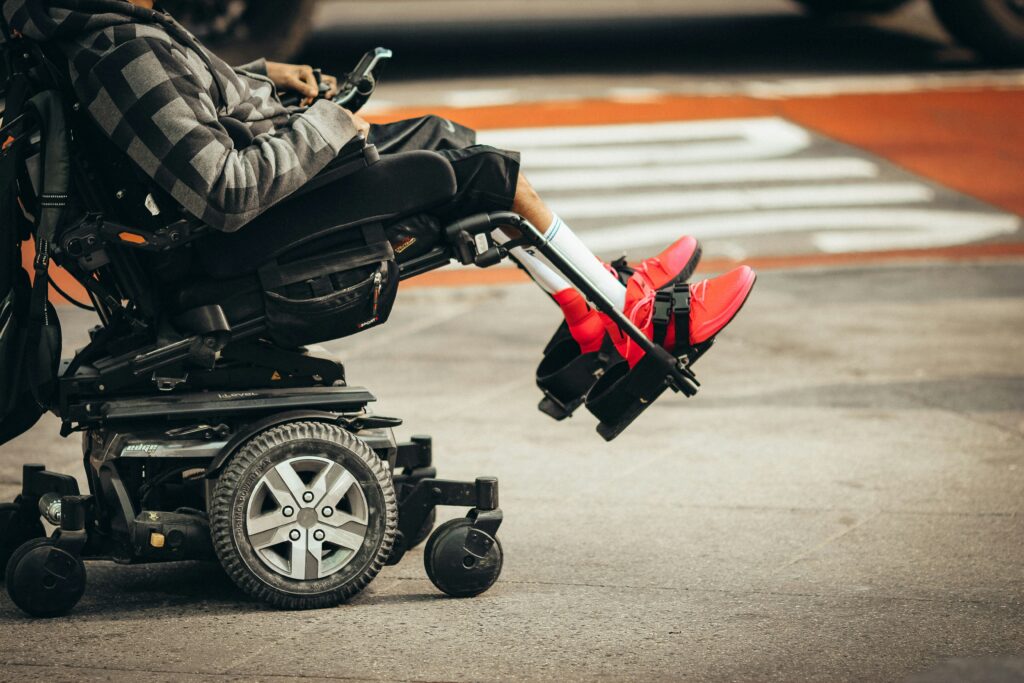“The Greek Community of South Australia stands by autistic individuals.”

“For the first time in its history, the Greek Orthodox Community of South Australia (GOCASA) celebrated World Autism Month with a special event aimed at raising awareness and understanding of the condition among the general public, highlighting the contribution of autistic individuals to the broader community, and encouraging more multicultural communities to join the conversation.”
The event with the theme “A Spectrum of Possibilities” took place symbolically at the Community Meeting Room on Wednesday, April 3rd, one day after the 17th World Autism Awareness Day, when the Malinauskas Labor Government inaugurated the state’s first Autism Inclusion Charter.
The speakers were the country’s first Assistant Minister for Autism, Emily Bourke, the president and founder of the Gold Foundation, Angela Pangallo OAM, and the world’s No. 2 in Australia and No. 5 in the world tennis player with intellectual disability, Andriana Petraki.
“I am very proud of everyone who participated in the event. It is important as one of the oldest multicultural organizations in the state to play our role in raising awareness about autism, removing barriers, and promoting acceptance and inclusion of autistic individuals, their caregivers, and families,” said Panagiotis Gonis, Vice President of the Hellenic Orthodox Community of South Australia.
“Through education and dialogue, we can understand autism in communities like ours and reduce the stigma and misconceptions associated with it,” emphasized Mr. Gonis.
According to recent statistics, it is estimated that 3.2% of school-aged children have been diagnosed with autism in Australia, while the quality of life of autistic Australians is among the lowest in Australian society.
“Autism is the largest primary disability group in the NDIS, and South Australia is above the national average, with 41% of NDIS participants in South Australia being autistic,” said Assistant Minister for Autism, Emily Bourke.
“Many wonder why we need an Assistant Minister for Autism – and it’s unique. We are the only government in the world to have this position. It’s because if we let down the largest disability group in our community, then we let down every disability group.”
Angela Pangallo OAM, the president and founder of the nonprofit organization Gold Foundation, moved the audience with the story of her son, Connor, who was diagnosed with Asperger’s syndrome fifteen years ago. She shared how the challenges he faced after the diagnosis, particularly without available support, inspired her to “give kids a chance” and help other families.
In her speech, following a few words from the Mayor of the City of West Torrens, Michael Coxon, Ms. Pangallo made a special mention of how the late president of the Greek Orthodox Community of South Australia, Vasilis Gonis, whom she referred to as a “pioneer and visionary,” helped the organization find a new home at the Camden Park Community Centre.
“It’s a huge privilege to do this work for the autism community, and the special honor is doing it with the support of the GOCASA. I grew up in the Greek Orthodox Community, and my parents were part of it from its inception. That gives it more meaning and purpose,” Ms. Pangallo said.
In her touching and inspiring presentation, Australian tennis champion of Greek descent, Andriana Petraki, stated that as an autistic individual, she has faced challenges but maintains a “positive and resilient” attitude.
“We need to encourage each other and people with disabilities to participate more in sports, schools, workplaces, and organizations,” she said.



















